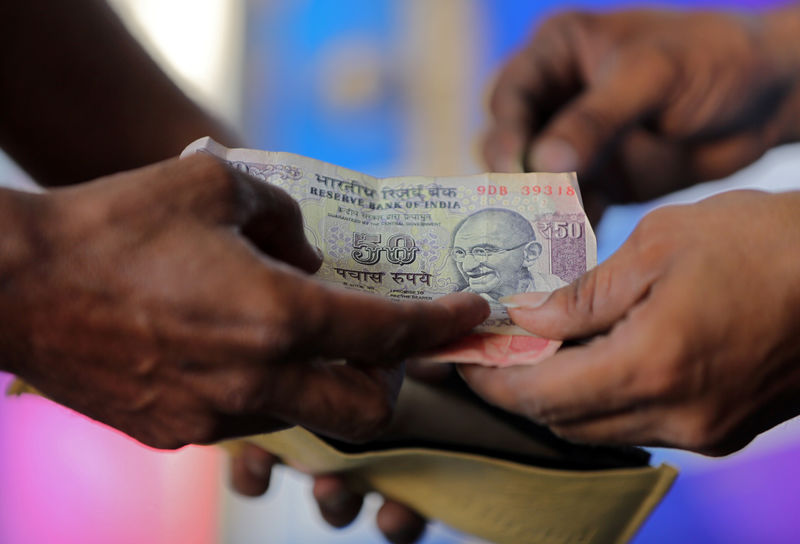Bank of America (BofA) analysts noted a shift in the trading behavior and volatility of the Indian Rupee (INR), attributing the change to a recent change in the reserve. Bank of India (NS:)’s (RBI) approach to managing the currency.
The analysts indicated that the RBI has shifted from using foreign exchange reserves to protect domestic monetary conditions to using interest rates to defend the INR while preserving reserves.
This change in strategy comes after the INR came under pressure in the fourth quarter due to a correction in overvaluation relative to its peers. The transition in the RBI leadership has acted as a catalyst for this shift. BofA’s analysis shows that using interest rates to defend a currency is generally less effective in the short term, which could lead to greater INR volatility.
The report also noted that the market has revised its expectations for the RBI’s policy rate outlook and has moved away from anticipating an easing at the February policy meeting. The transmission of currency volatility to domestic rates has increased the risk of the RBI maintaining tighter financial conditions than could be justified by domestic factors alone.
The analysts noted that the RBI’s liquidity infusions, either through FX swaps or repo transactions, have not been sufficient to address the tightening liquidity in the call money market. This indicates a preference by the RBI to increase the cost of shorting the INR and liquidate the forward portfolio.
BofA concluded that while the short-term effects of these changes could lead to higher front-end swaps, the increased currency flexibility could be seen as a positive development in the long term. It could create scope for looser monetary conditions at a later stage, once the RBI’s non-deliverable forward (NDF) portfolio is cleared.
This article was produced with the support of AI and reviewed by an editor. For more information see our General Terms and Conditions.


